One of the goals I set myself at the start of the scholarship year was to focus on Innovation. Throughout the year I wanted to meet people who were pushing the boundaries of what is possible. People who are re-inventing the wheel, thinking outside the box and in general, shaking things up.
Why?
Well, look at the state of the planet. We aren’t doing things right. Thanks to humans, the climate is warming, species are going extinct, fish stocks are at an all-time low and our oceans are swimming in pollution.
This all paints a pretty grim picture.
But… I like to consider myself an optimist. So, faced with all this death, destruction and impending doom, I realised if we want to have any hope at all of fixing this mess, we need to shake things up.
This is where innovation comes in.
By definition, innovation is developing a new way to do things. Innovators think about the world differently. They invent, they test, they refine, and eventually, they change the way we do things.
And I think this is what the world needs, a good shake-up of the way we currently operate.
So, I have set out to answer this question by finding the innovators of the underwater world. Those rare gems of people whose thinking isn’t constrained by what already exists but have a vision for something better.
And this is where Nemo’s Garden comes in. If we want to talk about innovation, this team is doing it in droves.
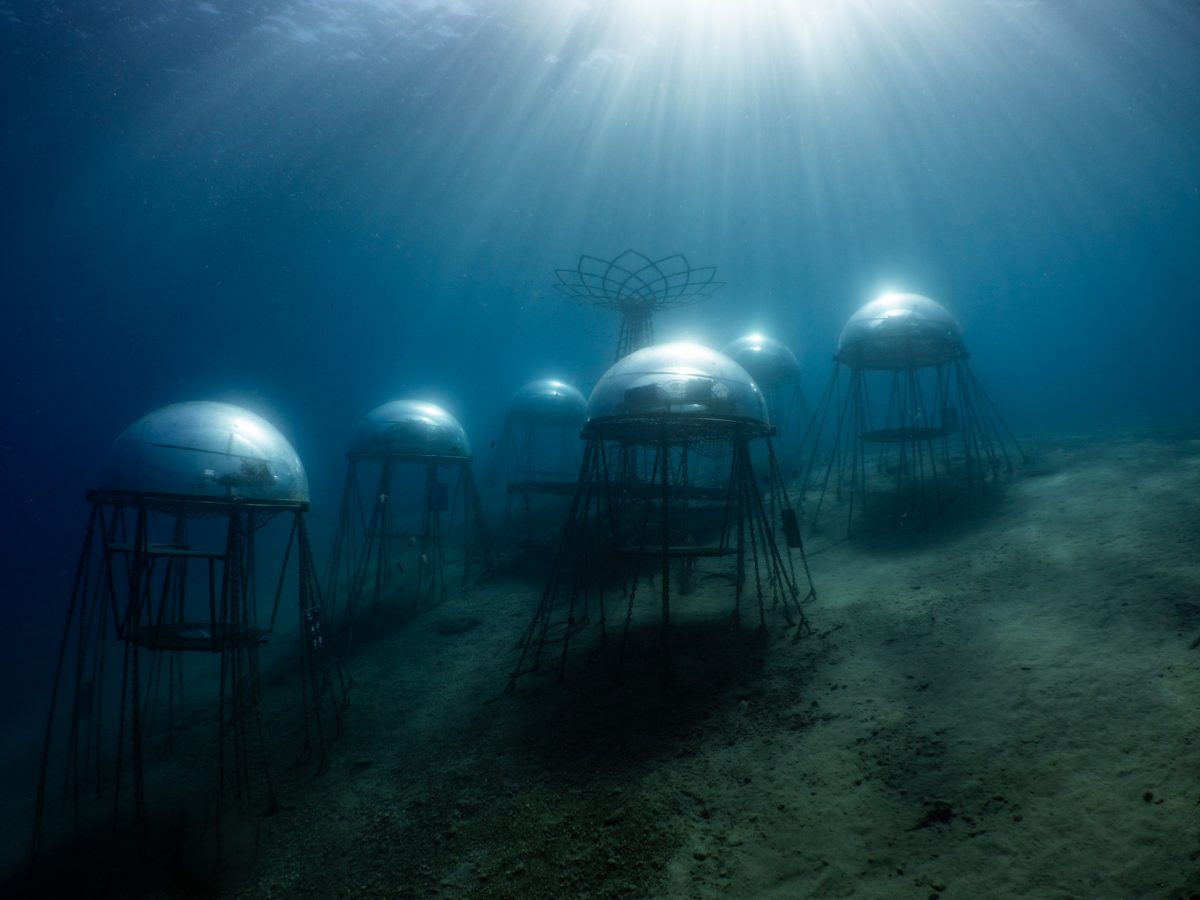
Photo: Joanna Smart
Nemo’s Garden was founded by Sergio Gamberini. Sergio is the managing director of Ocean Reef, a company at the forefront of underwater technology, developing full face masks and underwater communication systems.
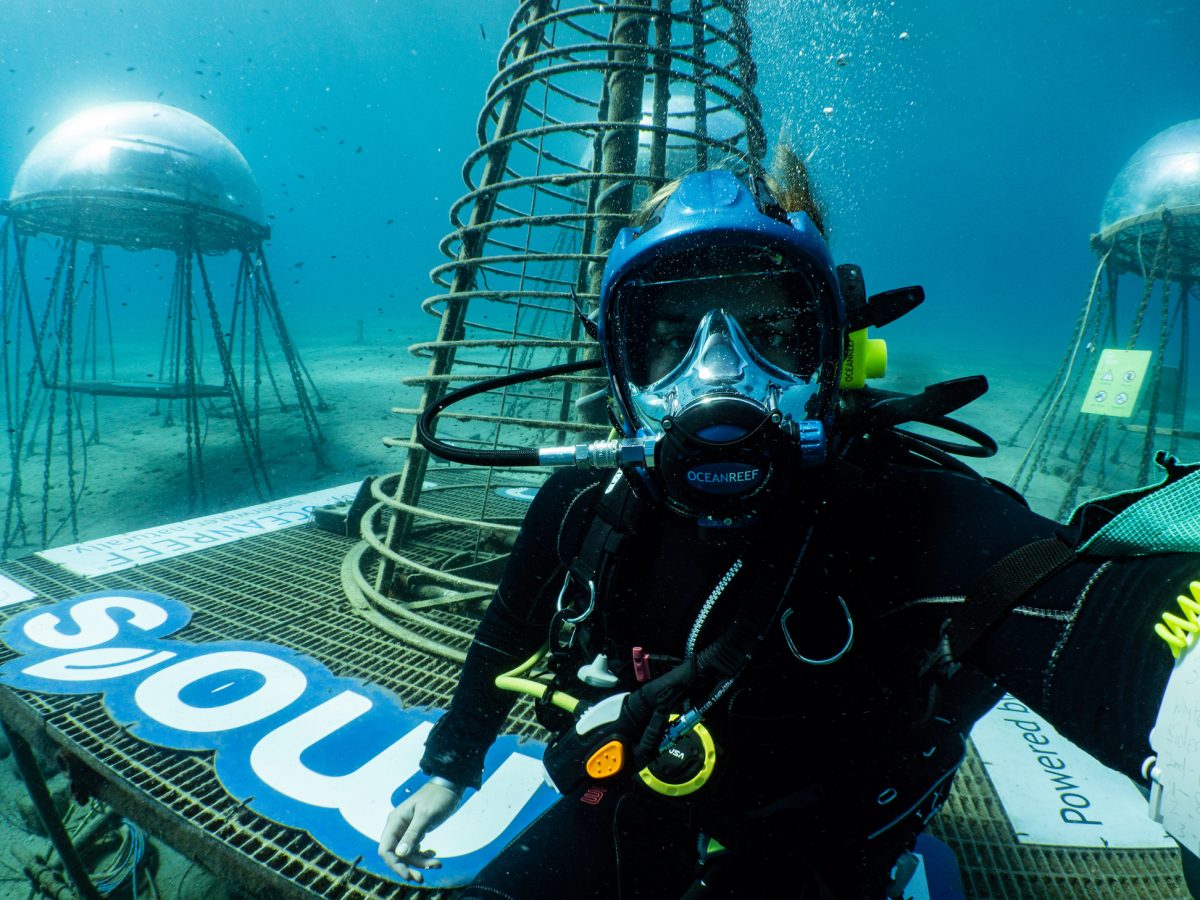
Photo: Joanna Smart
So, when it came to work with technology underwater, Sergio and his team were perfectly placed to do so.
Nemo’s garden started with an idea; would it be possible to grow terrestrial plants underwater? Growing plants in the marine environment on paper might work, it has relatively constant temperature, is protected from pests that might damage crops and there’s heaps space down there!
Except for one problem; all that saltwater.
So, thinking outside the box like all innovators do, Sergio came up with the idea of building air-filled domes underwater and fitting them with hydroponic systems to grow plants.
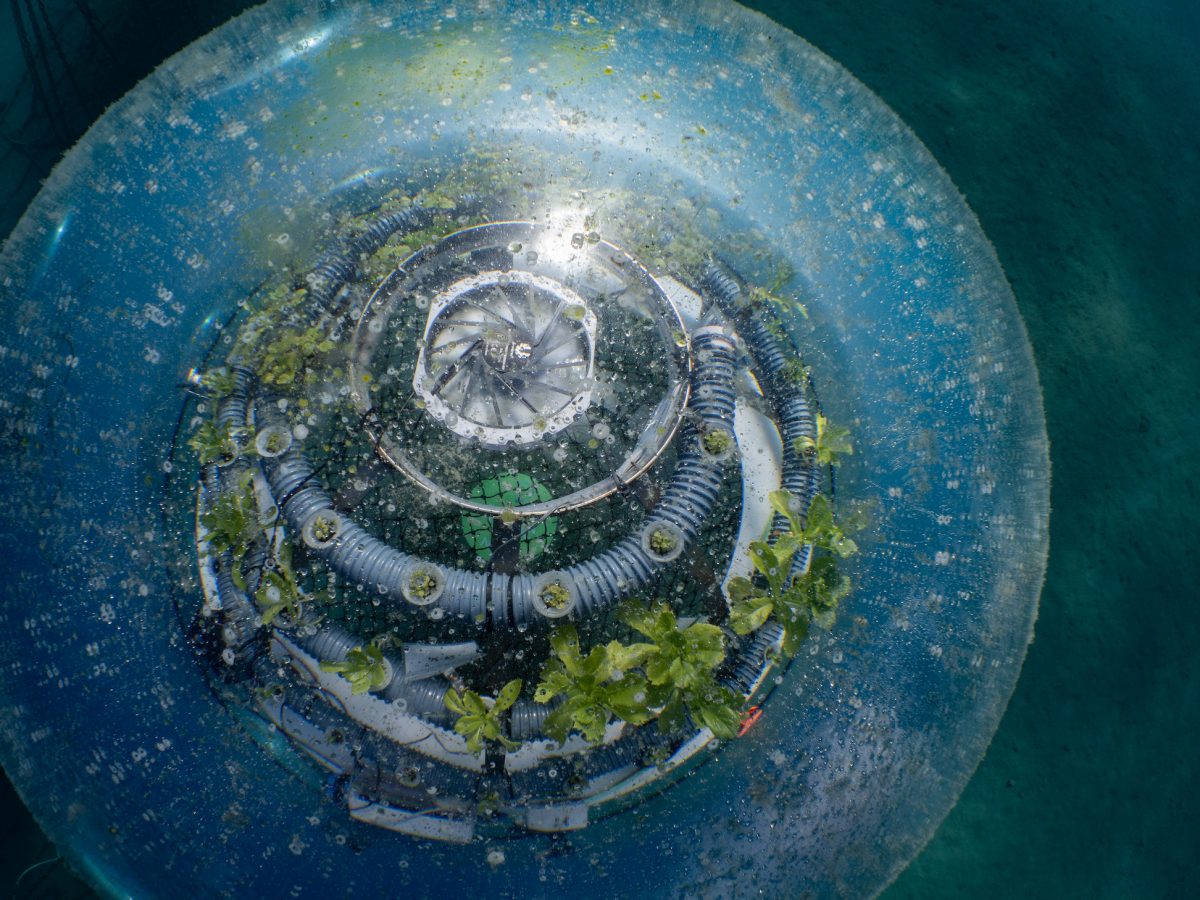
Photo: Joanna Smart
From there, the Nemo’s Garden Project was born.
Since 2012, there have been many tests, refinements, inventions, successes, and failures for the system to develop into what it is today. The garden now consists of 6 air-filled domes, each 2 m in diameter. These domes are attached to the seabed by a series of chains and screw-like anchors and have a platform, on which a diver can stand and work inside the dome.
Inside the dome is even more impressive. Each dome has a shelf and more technology than you could poke a stick at. There’s oxygen, carbon dioxide and humidity sensors, radio communication, lights, a fresh-water hose and to top it all off, Wi-Fi!
If you take your phone down in a waterproof container, you can skype the head office from underwater and discuss any issues inside the biosphere (provided you don’t drop your phone into the ocean in the process). It also means you can control everything in the dome via an app on your phone from the surface. You can turn the lights on, check the conditions and even watch a live video stream of the plants growing (Check out this link).

Photo: Joanna Smart
The sides of the biosphere are adjourned with plants of all varieties. Basil, lettuce, marjoram, thyme, tomatoes, strawberries, and lemon balm all give the biospheres the delightful aroma of a greenhouse in full bloom.
This is slightly disconcerting considering you are 10 m underwater.
The plants are fed by a hydroponic system that spirals around the edges. Water is generated from the humidity with condensers and the whole system is powered by wind generators and solar panels situated on the surface. This makes the entire set up completely eco-friendly.
This project aims to create an alternative system of agriculture that can be implemented in areas where traditional land agriculture is not possible. This could include regions with harsh climates and those that lack any arable land for crop cultivation. The project also has exciting applications for other purposes. Growing plants in extreme environments, particularly with limited space, has direct applications to space travel!
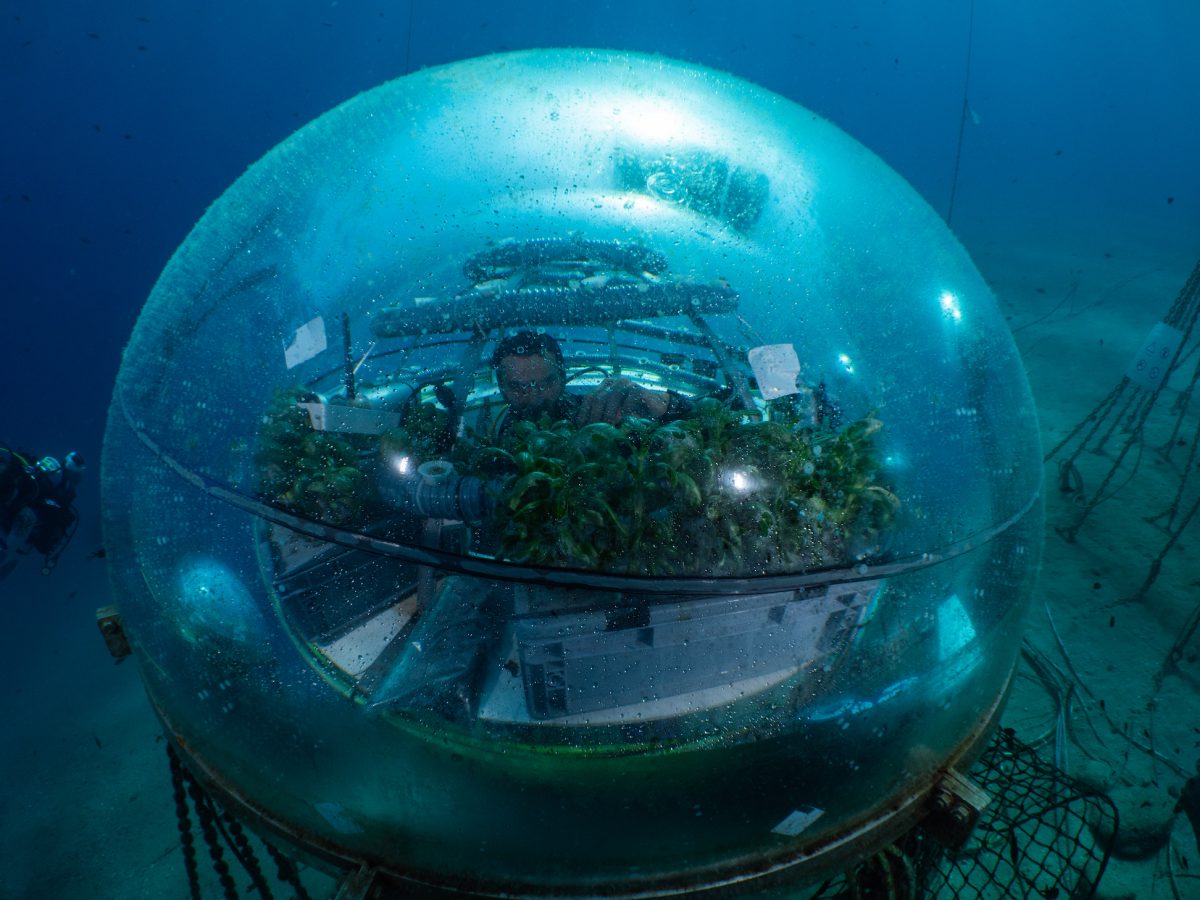
Photo: Joanna Smart
During my stay in Italy, I was able to help with the day to day operations of Nemo’s Gardens. This involved checking the anchoring systems, cleaning the biospheres of fouling, monitoring the sensor systems and assessing the health of the plants. The Nemo’s garden team are also partnering with a university in Pisa to assess the chemical composition of the plants grown underwater.
This made for busy days underwater but the warm, clear waters of the Mediterranean made it extremely pleasant. The promise of pasta, pizza and the most amazing gelato I have ever eaten made this experience one of the most unique diving projects I have ever worked on.
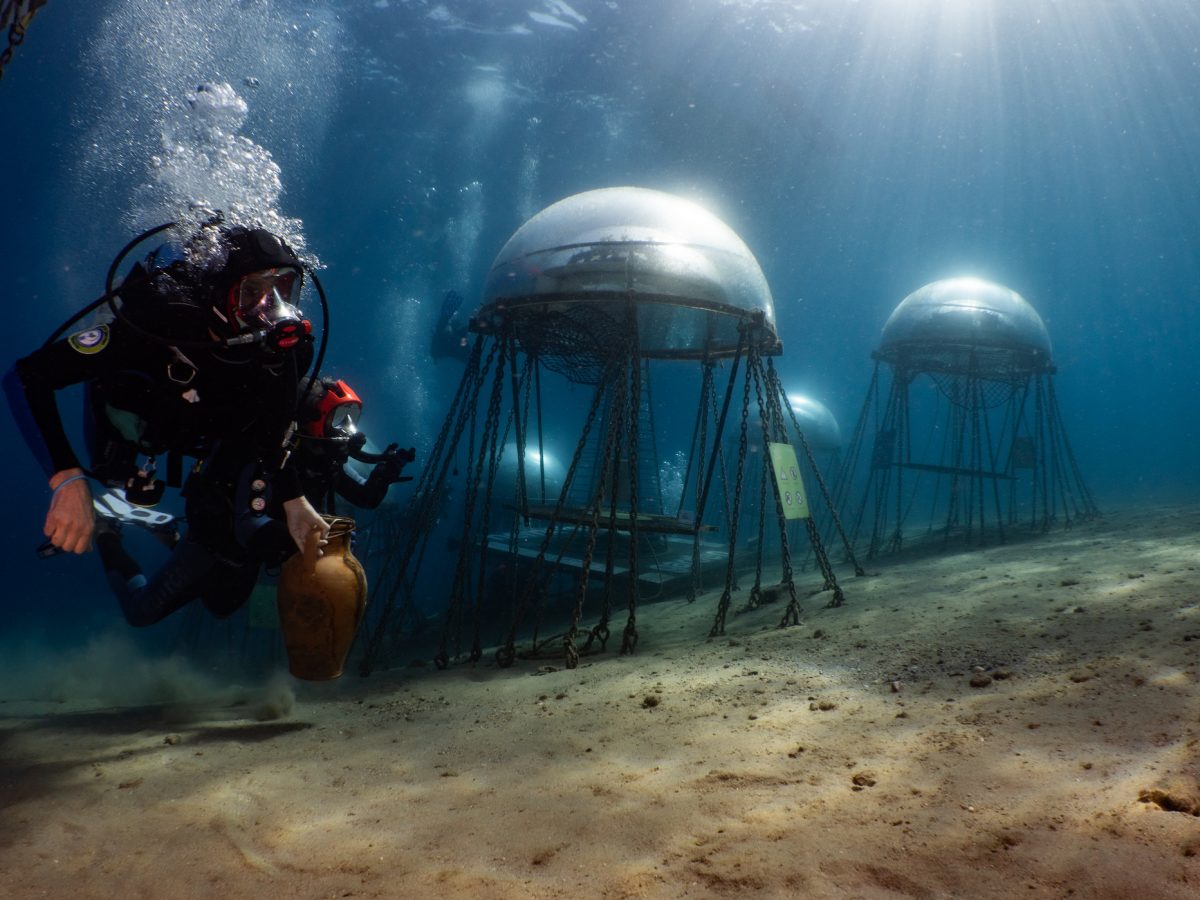
Photo: Joanna Smart
As well as assisting with maintenance and upkeep, I was able to put my skills as a biologist to use and provided an ecological assessment of the site. Whilst a lot has been done to monitoring the internal environment of the biospheres, the structures impact on the surrounding marine ecosystems had yet to be assessed.
Through my surveys, I was able to identify over 40 different species calling the garden home. This ranged from primary producers, such as algae, to top predators including cormorants, amberjacks and octopus. It was clear from my surveys that the structure is acting as an artificial reef, providing habitat for a variety of different species.
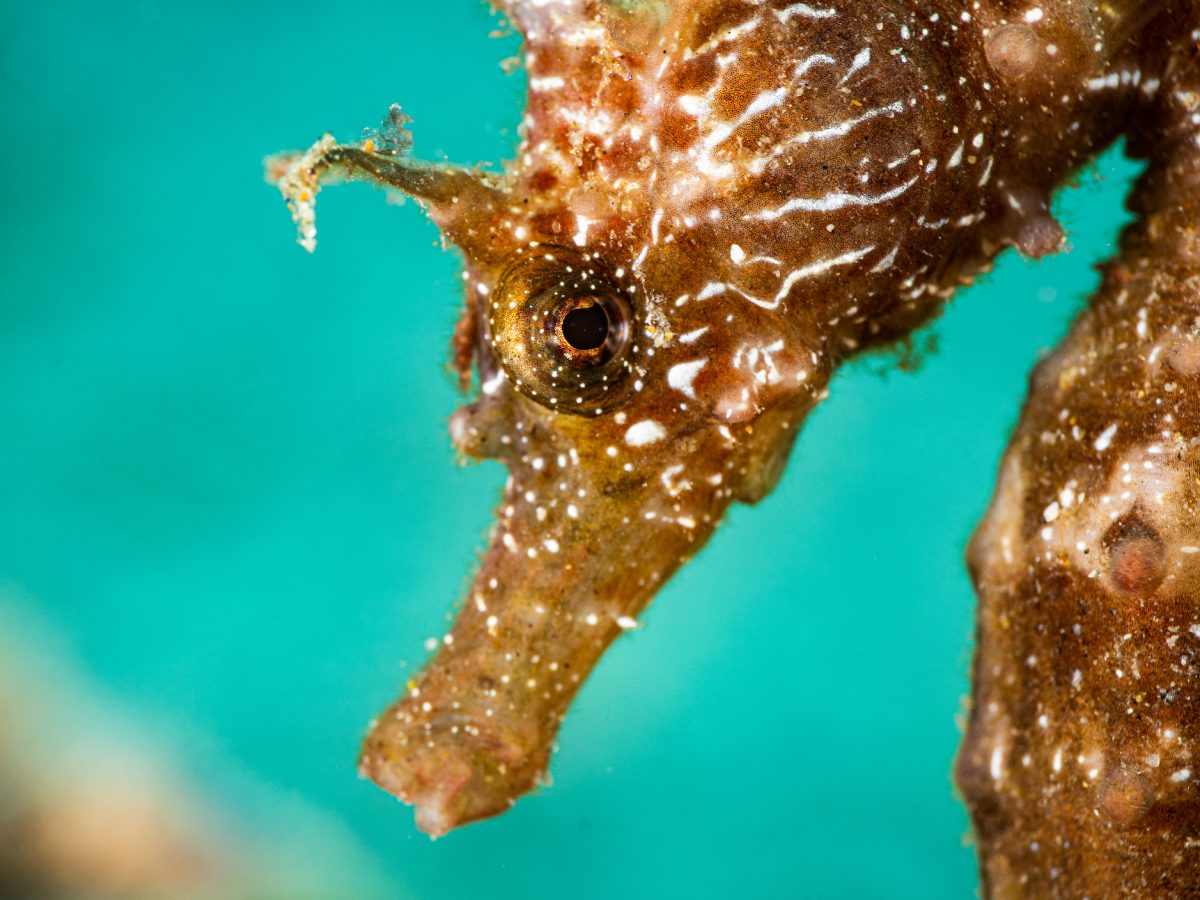
Photo: Joanna Smart
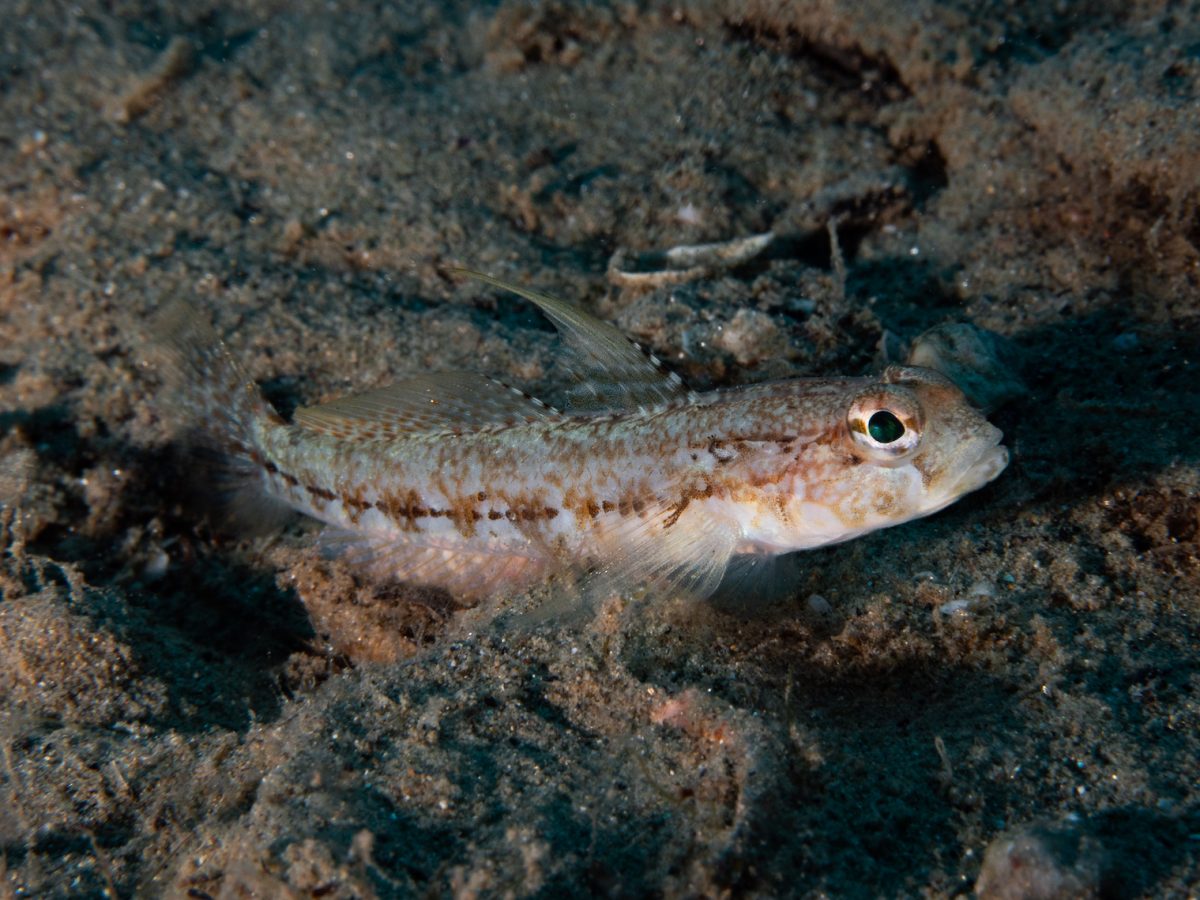
Photo: Joanna Smart
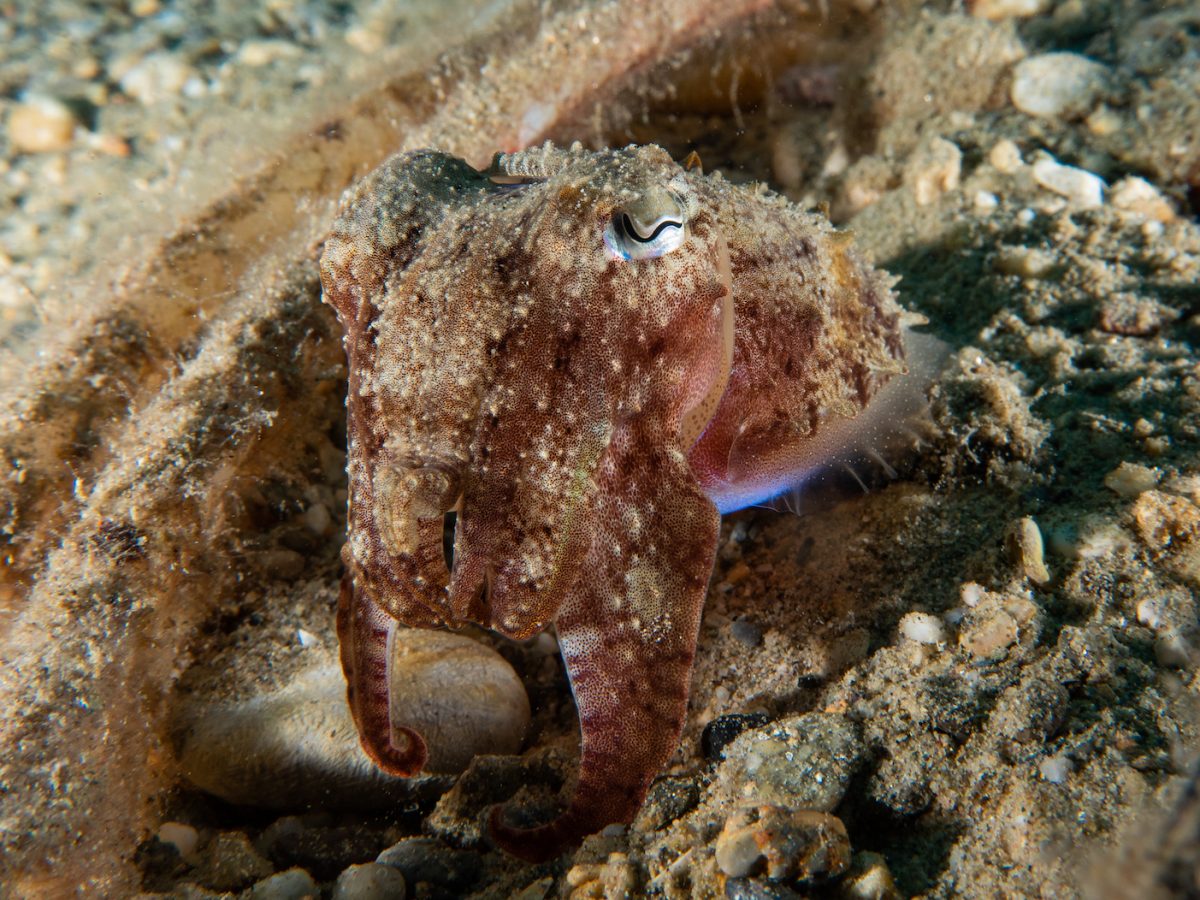
Photo: Joanna Smart
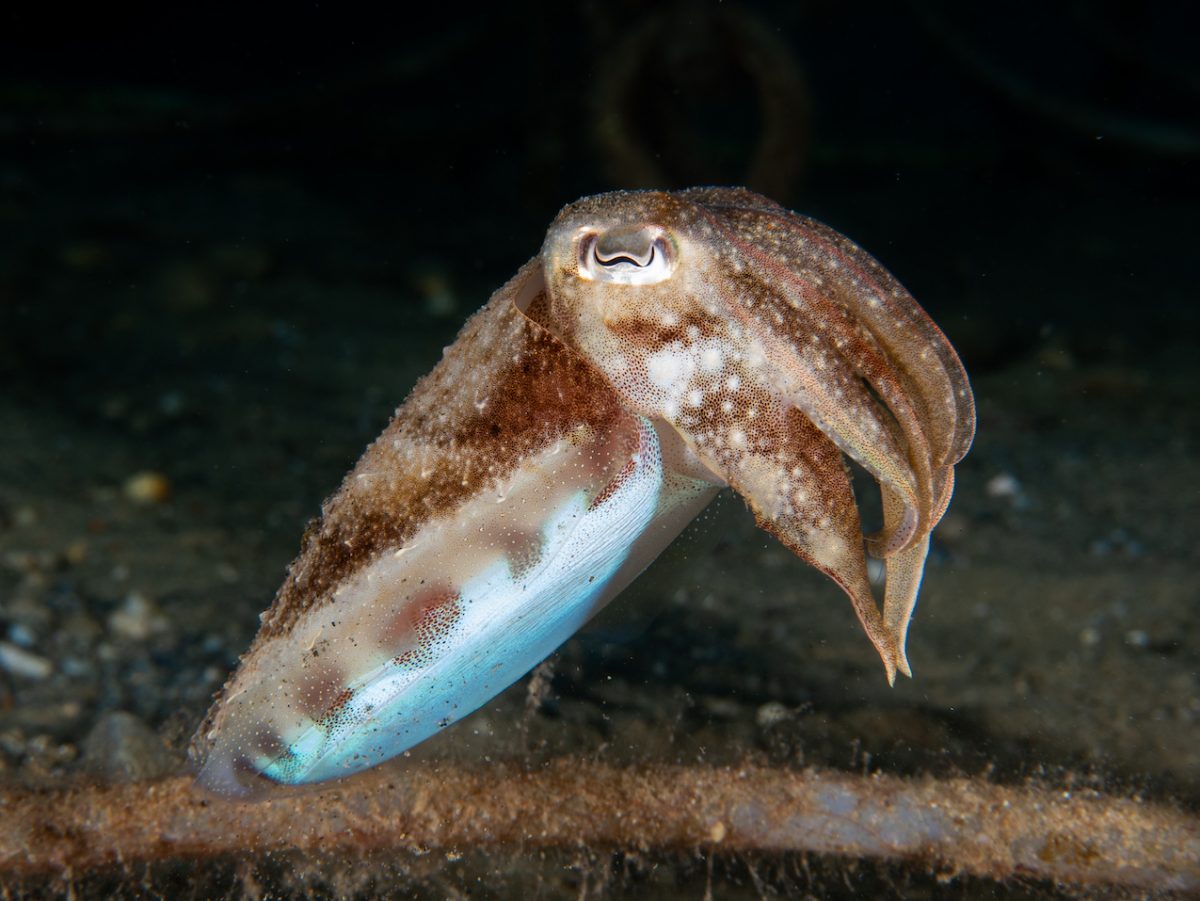
The Nemo’s Garden site is a prime example of what is possible underwater with some creativity, innovative thinking, and passion. I am incredibly grateful to Nemo’s Garden, Ocean Reef, Rolex and the Our World Underwater Scholarship Society for making this experience possible.
I would also like to thank Sergio, Christina, Gianni, Luca and Teddie for their friendly hospitality in Italy.